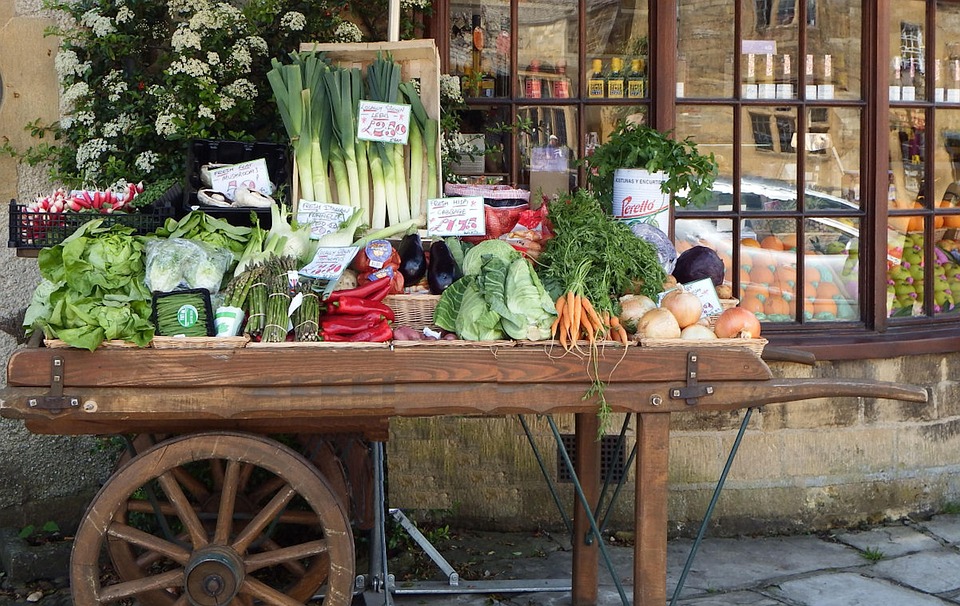The State of the Global Grocery Retail Industry in 2025: Trends, Challenges, and Opportunities
The grocery retail industry is a highly competitive and constantly evolving sector that plays a crucial role in the global economy. In 2025, the industry is facing a number of challenges, including changing consumer preferences, increasing competition from online retailers, and rising operational costs. However, there are also numerous opportunities for growth and innovation, particularly for the most recognizable grocery brands that have managed to stay ahead of the competition.
Market Share and Financial Performance
According to the latest industry reports, the top grocery retailers in the world continue to dominate the market share. Companies like Walmart, Kroger, and Costco have maintained their positions as the largest players in the industry, with revenues in the billions of dollars. These companies have been able to achieve such success through a combination of factors, including economies of scale, strategic partnerships, and innovative marketing strategies.
In terms of financial performance, these top grocery brands have shown steady growth over the past few years. For example, Walmart reported a revenue of $560 billion in 2024, up from $500 billion in 2023. Similarly, Kroger’s revenue increased from $122 billion in 2023 to $130 billion in 2024. These numbers indicate that these companies are continuing to expand their market presence and attract new customers.
Key Strategies for Success
One of the key strategies that the most recognizable grocery brands have employed to stay ahead of the competition is investing in technology and innovation. For example, Walmart has been at the forefront of using AI and machine learning to improve its supply chain efficiency and personalize the shopping experience for its customers. The company’s use of data analytics has also helped it optimize pricing and promotions, leading to increased sales and customer loyalty.
Another important strategy for success in the grocery retail industry is focusing on sustainability and corporate social responsibility. Companies like Costco have made significant investments in reducing their carbon footprint and promoting ethical sourcing practices. These initiatives not only help the environment but also resonate with customers who are increasingly conscious of the social and environmental impact of their purchasing decisions.
Adapting to Changing Consumer Preferences
One of the biggest challenges facing grocery retailers in 2025 is the changing preferences of consumers. Today’s shoppers are more health-conscious, environmentally aware, and tech-savvy than ever before. To stay ahead of the competition, grocery brands must adapt to these changing trends and offer products and services that meet the needs of modern consumers.
For example, Kroger has introduced a range of organic and locally sourced products in response to growing demand for healthy and sustainable food options. The company has also expanded its online grocery delivery service to cater to customers who prefer the convenience of shopping from home. By staying attuned to consumer preferences and leveraging technology to enhance the shopping experience, Kroger has been able to maintain its position as a leading grocery retailer.
Future Plans and Opportunities for Growth
Looking ahead, the most recognizable grocery brands have ambitious plans for growth and expansion. Companies like Walmart are investing heavily in expanding their e-commerce capabilities and building a seamless omnichannel shopping experience for customers. By leveraging their vast network of physical stores and digital platforms, these companies aim to capture a larger share of the growing online grocery market.
There are also opportunities for grocery brands to expand into new markets and diversify their product offerings. For example, Costco is exploring opportunities to enter the international market and introduce new private label brands that appeal to a wider range of customers. By staying agile and innovative, these companies can continue to stay ahead of the competition and drive growth in the global grocery retail industry.
In conclusion, the most recognizable grocery brands have managed to stay ahead of the competition by focusing on technology, sustainability, and consumer preferences. Through strategic investments and innovative initiatives, these companies have been able to maintain their market share and drive growth in the industry. As the grocery retail landscape continues to evolve, these brands will need to stay agile and adapt to changing trends in order to remain competitive in the years to come.



